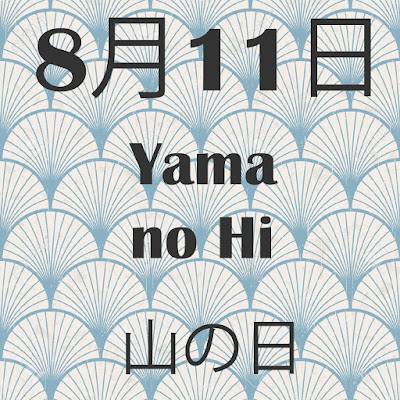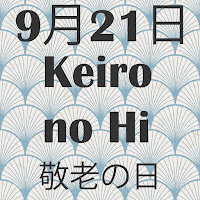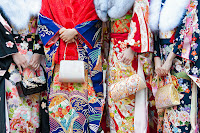History of Yama no Hi
Mountain Day is a new national holiday in Japan as from 2016, so does not have a lot of history behind it at this stage.
The national holiday was announced by the Japanese Diet in May 2014 and will start being celebrated as a national holiday every August 11, beginning in 2016. The new holiday was created with the intention to provide opportunities to the hard working Japanese to get familiar with mountains and appreciate the blessings from mountains, which dominate 70% of Japan’s land mass. Support of the holiday has come from legislator Seishiro Eto, as well as the Japanese Alpine Club who argued that Shinto beliefs in nature have shaped Japan’s culture and should be celebrated via its peaks and mountains.
The Japanese government planned Mountain Day as a way of fighting the harmful effects of overworking. It is hoped the day will give families an opportunity to bond as well as expose children to nature.
How is Yama no Hi Celebrated?
Yama no Hi was established as a holiday to allow Japanese citizens time to enjoy nature and spend some more time with their family members and friends. It is a day to express gratitude and appreciate the many great peaks and mountains of Japan, which dominate its landscape and culture.
Mountain Day will celebrate all things mountain-related and has strong ties to nature and Shintoism, which is the ancient religion of Japan. Shinto is a religion that is based on nature and the world in which people live. According to Shinto beliefs, kami or Shinto gods, reside in nature in things like rivers, oceans, trees and mountains.
To celebrate Mountain Day, Japanese people are encouraged to visit rural mountainous areas across Japan with Mount Fuji a popular destination. The inaugural National Ceremony for Mountain Day will be held in the Japan Alps at Kamikochi in Nagano.
We are going to celebrate by heading to the Southern Japan Alps in Gifu and Nagano to take in some spectacular mountain scenery and food.
Festivals and Events for August in Japan
 |
| Image Source |






























